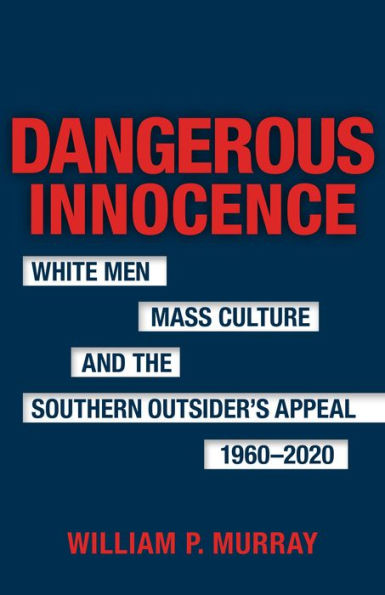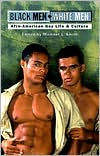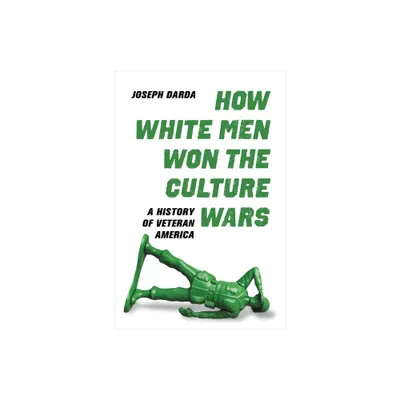Home
Dangerous Innocence: White Men, Mass Culture, and the Southern Outsider's Appeal, 1960-2020
Loading Inventory...
Barnes and Noble
Dangerous Innocence: White Men, Mass Culture, and the Southern Outsider's Appeal, 1960-2020
Current price: $40.00


Barnes and Noble
Dangerous Innocence: White Men, Mass Culture, and the Southern Outsider's Appeal, 1960-2020
Current price: $40.00
Loading Inventory...
Size: Hardcover
*Product Information may vary - to confirm product availability, pricing, and additional information please contact Barnes and Noble
Dangerous Innocence
investigates how prevailing constructions of white masculinity in the U.S. South help feed and reinforce systems of racial inequity. Tracing the rise of the “southern outsider” in literature and on television from 1960 to 2020, William P. Murray probes white Americans’ enduring desire to assert their own blamelessness even though such acts of self-justification facilitate continued violence against historically oppressed populations.
courses from popular television such as
The Andy Griffith Show
and
The Waltons
through influential fiction by Eudora Welty, Walker Percy, and other prominent southern authors—alongside forceful challenges voiced by Black writers including Chester Himes and Ernest Gaines—before turning to works created after the September 11 attacks that reinscribe cultural logics predicated on protecting white innocence and power.
Concluding on a note of praxis,
argues that reattaching southern outsiders to a communal identity encourages an honest assessment about what whiteness represents and what it means to belong to a nation steeped in commitments to white supremacy.
investigates how prevailing constructions of white masculinity in the U.S. South help feed and reinforce systems of racial inequity. Tracing the rise of the “southern outsider” in literature and on television from 1960 to 2020, William P. Murray probes white Americans’ enduring desire to assert their own blamelessness even though such acts of self-justification facilitate continued violence against historically oppressed populations.
courses from popular television such as
The Andy Griffith Show
and
The Waltons
through influential fiction by Eudora Welty, Walker Percy, and other prominent southern authors—alongside forceful challenges voiced by Black writers including Chester Himes and Ernest Gaines—before turning to works created after the September 11 attacks that reinscribe cultural logics predicated on protecting white innocence and power.
Concluding on a note of praxis,
argues that reattaching southern outsiders to a communal identity encourages an honest assessment about what whiteness represents and what it means to belong to a nation steeped in commitments to white supremacy.








